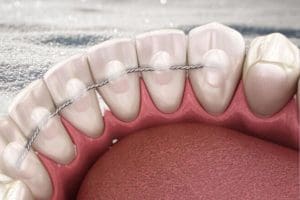The Importance of Retainers After Braces
Orthodontic treatment is a transformative journey that can lead to a straighter, healthier smile. For many individuals, braces are a necessary step in achieving this goal. However, once the braces are removed, the journey is not quite over. Retainers play a crucial role in maintaining the results achieved through orthodontic treatment.
The process of moving teeth into their desired positions is not a one-time event. Even after braces have been successfully used to align teeth, there is a natural tendency for teeth to shift back to their original positions. This phenomenon is known as orthodontic relapse. To prevent relapse and preserve the hard-earned progress made during orthodontic treatment, retainers are essential.
Retainers work by holding teeth in their new positions while the surrounding bone and soft tissues adapt to the changes. The bone needs time to solidify around the newly positioned teeth, and retainers aid in maintaining stability during this critical period. Without retainers, there is a risk that the teeth may shift, leading to a less-than-ideal smile.
There are several types of retainers available, and the choice of retainer may depend on the orthodontist’s recommendation and the patient’s preferences.
Hawley retainers are among the most recognizable types of retainers. They consist of a plastic or acrylic body that is custom-fitted to the roof of the mouth and a wire that runs across the front of the teeth. Hawley retainers are removable, making them easy to clean and maintain.
Clear aligner retainers, such as Invisalign-style retainers, are transparent, removable trays that snugly fit over the teeth. They are discreet and offer the advantage of being nearly invisible when worn. Clear aligner retainers are popular among patients who want a more inconspicuous option.
Fixed or bonded retainers are cemented to the back of the front teeth, typically on the lower arch. These retainers are not visible when smiling and provide a continuous force to keep teeth in place. They are a suitable option for individuals who may forget to wear removable retainers consistently.
While orthodontic treatment is largely overseen by the orthodontist, the effectiveness of retainers relies heavily on the patient’s compliance. Wearing retainers as instructed is vital for maintaining the results achieved through braces. Many patients are diligent during the active phase of treatment but become lax in wearing retainers, mistakenly believing that their teeth are stable.
Orthodontists typically provide clear instructions on retainer wear, including how often to wear them and for how long each day. Patients should adhere to these guidelines to ensure the best possible outcome. Failure to wear retainers as prescribed can lead to relapse, undoing months or even years of orthodontic progress.
Proper care and maintenance of retainers are essential to their longevity and effectiveness. Removable retainers should be cleaned daily using a soft toothbrush and mild soap or retainer cleaner. This helps prevent the buildup of bacteria and plaque.
Retainers should be kept away from hot water, direct sunlight, and any sources of heat, as exposure to high temperatures can distort their shape. When not in use, retainers should be stored in their protective case to reduce the risk of loss or damage.
When inserting or removing removable retainers, handle them gently to avoid bending or breaking. Regular follow-up appointments with the orthodontist are essential to ensure that the retainers are fitting correctly, and any necessary adjustments are made.
While it is common for orthodontists to recommend wearing retainers full-time initially (typically 24/7), the duration of full-time wear may vary from patient to patient. After the initial period, patients may transition to nighttime wear. However, some individuals may need to wear retainers indefinitely to maintain their results.
The decision regarding the duration of retainer use is typically made in consultation with the orthodontist, taking into account the individual’s specific orthodontic needs and risk of relapse. Patients should follow their orthodontist’s guidance closely to ensure their teeth remain aligned.
Retainers are a vital component of orthodontic treatment that should not be overlooked. They play a crucial role in maintaining the results achieved through braces, preventing orthodontic relapse, and ensuring a lasting, beautiful smile. Understanding the importance of retainers, choosing the right type, and maintaining good retainer compliance are key factors in achieving long-term orthodontic success. By following the advice of your orthodontist and caring for your retainers diligently, you can enjoy the benefits of a straight, healthy smile for years to come.





